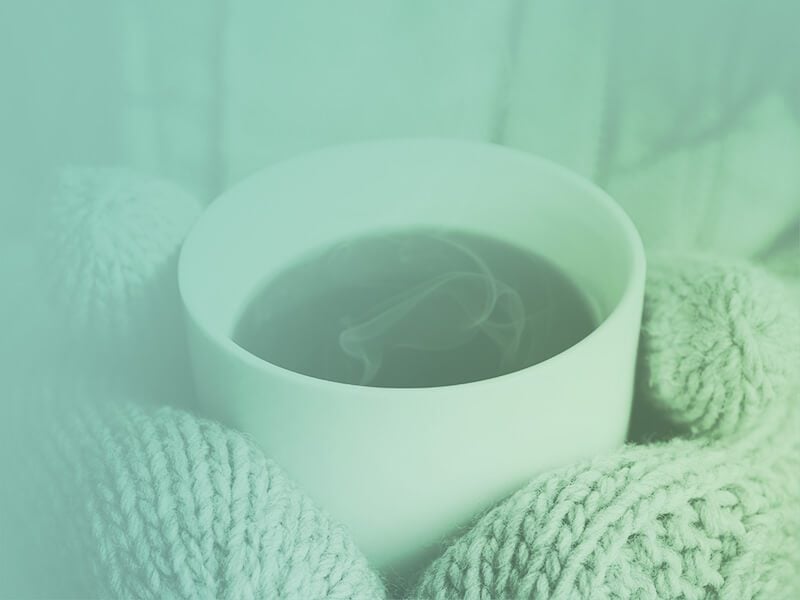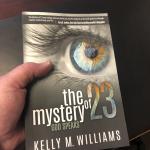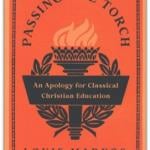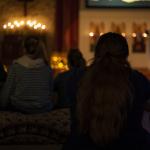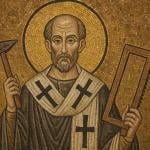During the gold rush of 1848, Chinese immigrants began to move into the United States in large numbers, especially in California. Between 1850 and 1882, a quarter-million immigrated, many of them working on railroads and mines, in dangerous working conditions, with little pay and few tools. During the 1860s and 1870s, various forces converged against the Chinese workers. Labor leaders objected when Chinese were brought in to break strikes, and as unemployment rose the Chinese were seized on as a... Read more

